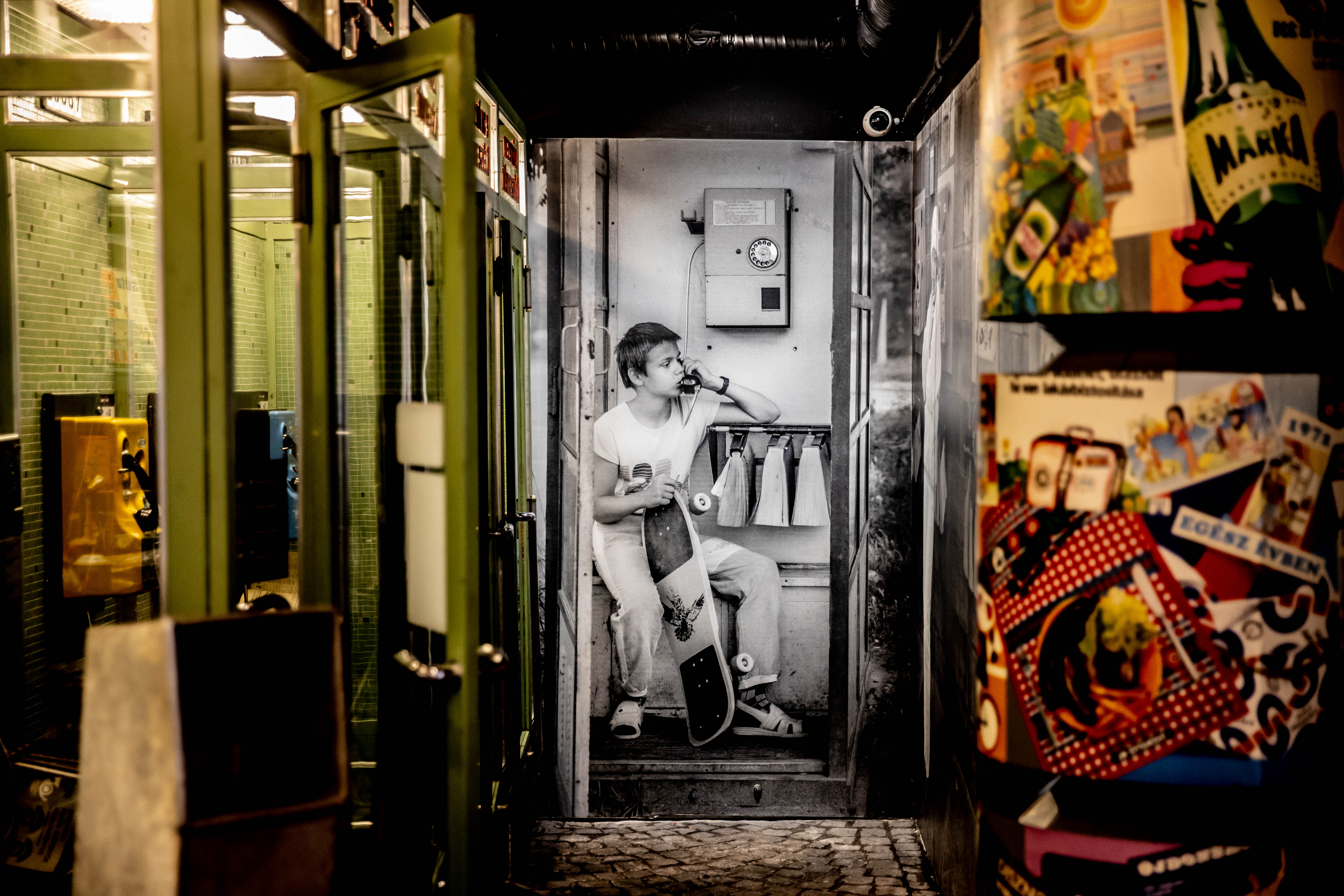Entering this hands-on attraction in the centre of Budapest, you feel like you’re travelling somewhere around the 1970s or 1980s, playing for hours pushing buttons, driving a car or phoning the past.
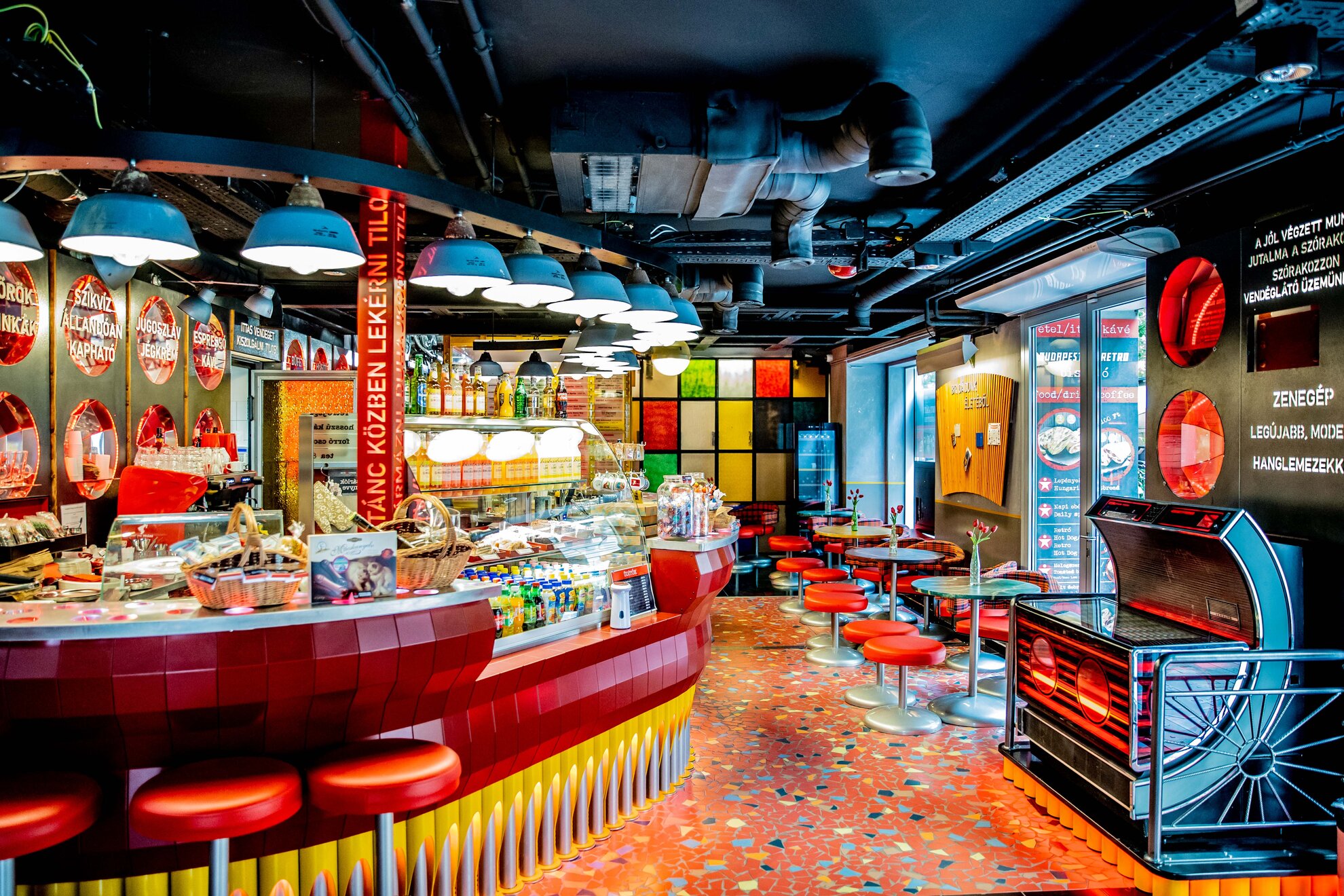
For Hungarians, the elapsed time between 1989 and 2021 embellishes and obscures the memories of Socialism, its everyday life now the stuff of inexplicably sweet nostalgia.
This is certainly true of anyone born after the late 1980s, who didn’t have to live through this strange era of simple entertainment and living in standard flats on housing estates.
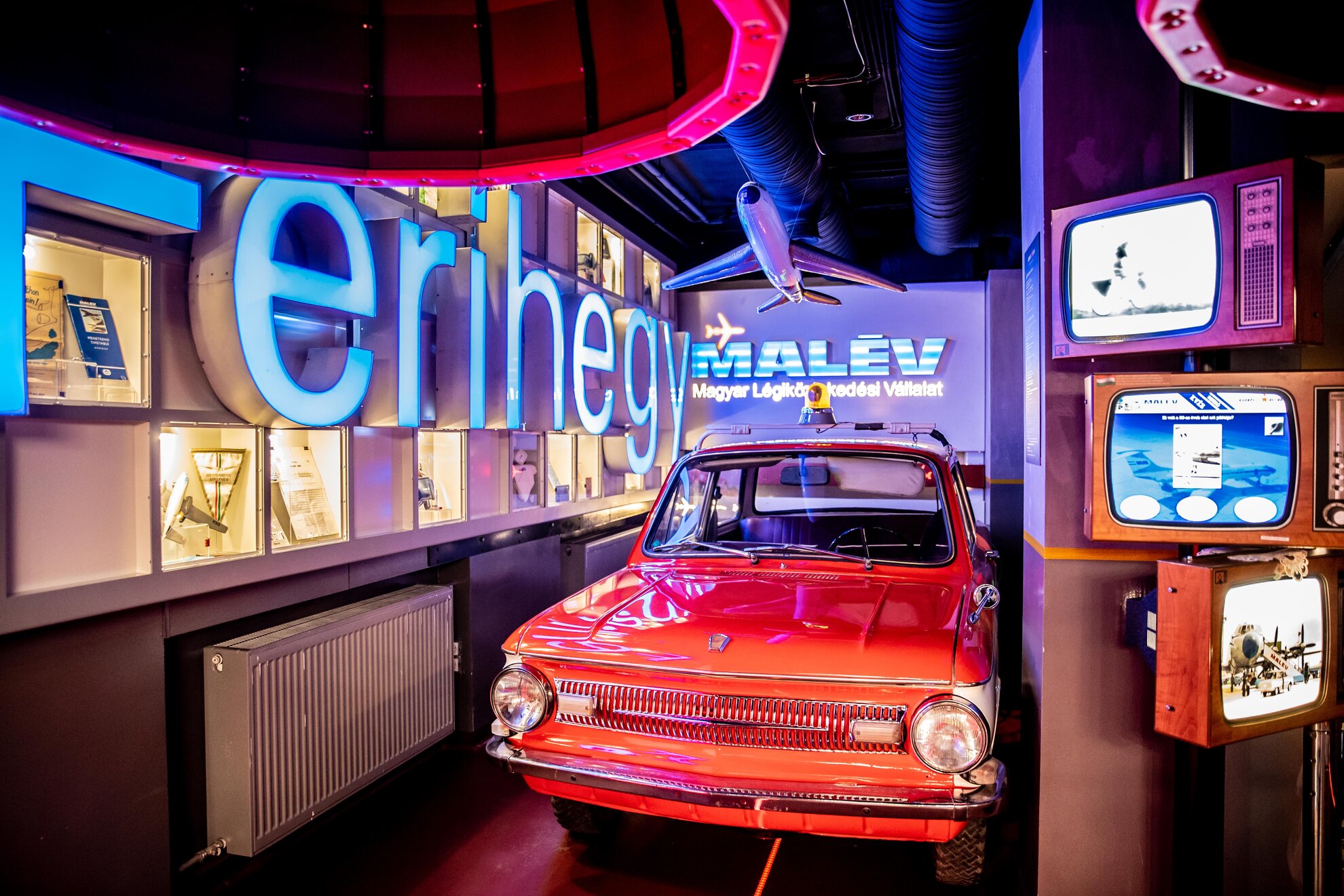
Hungarians can always ask their parents or grandparents how life was but the Budapest Retro Interactive Museum brings it closer to home. What’s more, it’s not just about the knick-knacks and school textbooks on display but you can watch TV and put on a pair of glasses to see how the past looked.
Retromania
The retromania kicks into gear as soon as you enter the downstairs bistro, where you can pick out a couple of tunes on the ten-forint jukebox.

Housing blocks have been set up like Advent calendars, so that you can peak behind each window and find a scouts’ certificate, a soda syphon, coffee and soaps of the day – you can even smell them.
Hungarians have to look through all of them as there will be a questionnaire afterwards. With, of course, an Outstanding Comrade award at stake.
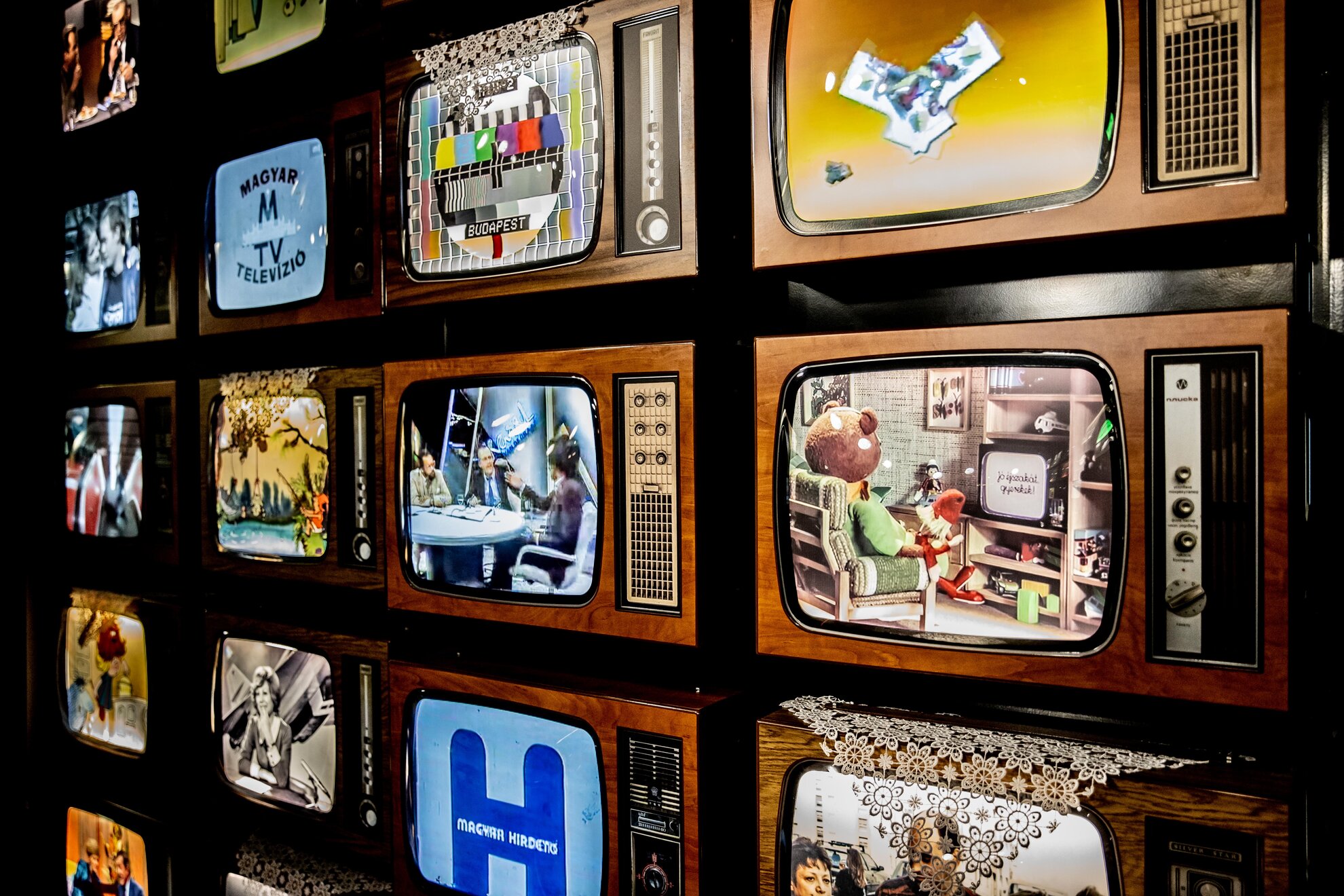
Having earned a little rest, you can relax in an authentic living room, furnished à la ’70s. In addition to the tasteless ornaments in the glass cabinet, toys line the shelves such as a checkered-eared rabbit, a cartoon hit across Eastern Europe, and a moncsicsi monkey doll, popular in Hungary though few knew of its Japanese origins.
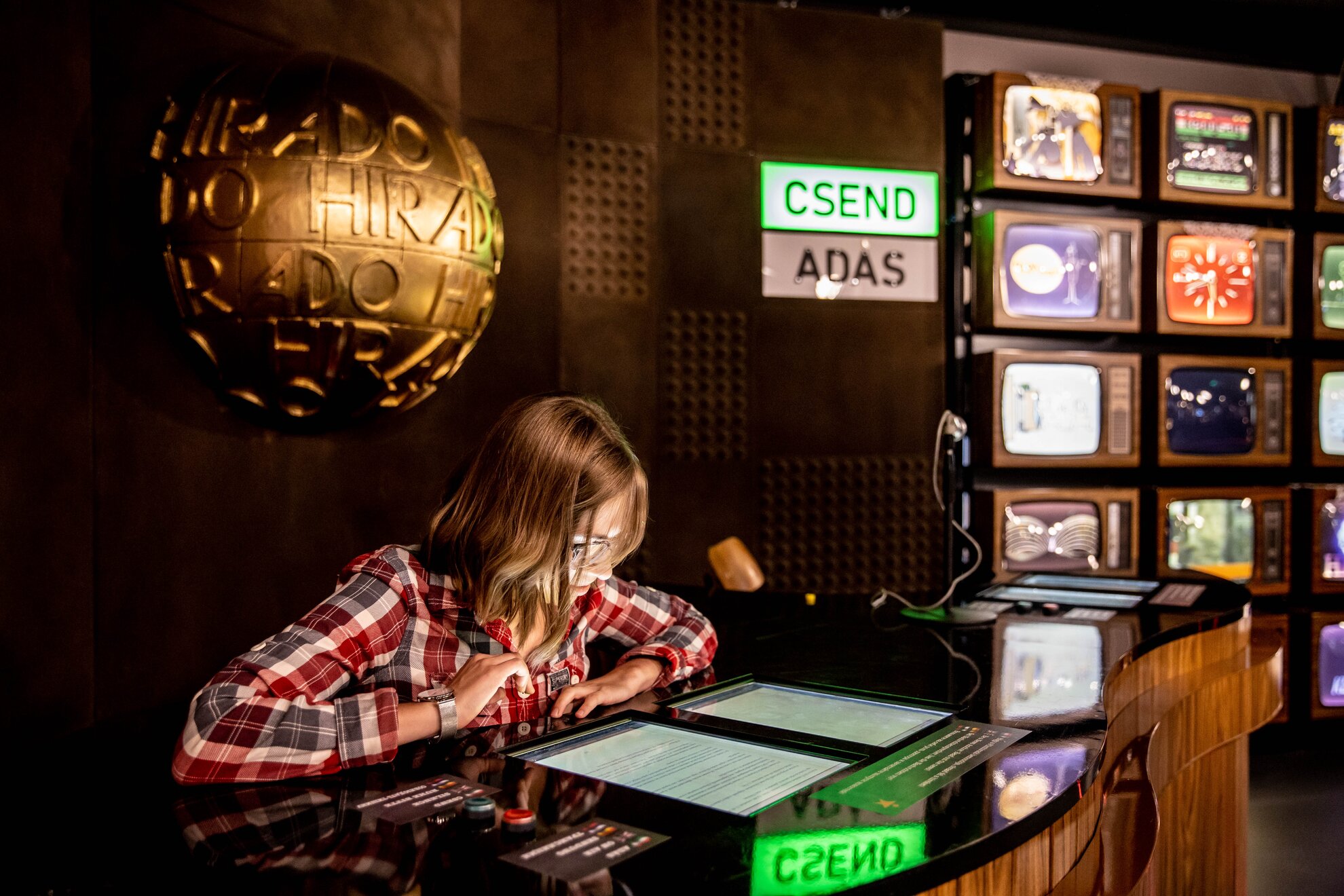
The opium of the West drifted over the Iron Curtain, of course, but to counteract this propaganda, you can test out your Hungarian by reading the evening news – although actual Magyars might double up in hysterics at the kind of broadcasts the likes of Éva Bay and Júlia Kudlik had to announce.
In 1980, Hungary was agog as astronaut Bertalan Farkas set off into space with his Soviet counterparts on board Soyuz-36, so it is no coincidence that significant section in the museum is dedicated to this momentous event. You can even see the kinds of things the spacemen took up with them.
From there, you can walk straight over to the committee offices of the Hungarian Socialist Workers’ Party, where you can safely take the official diaries off the shelf to see how life was organised back then. You can even call Communist leader János Kádár from the huge desk, although it’s actually the distorted voice of actor György Nádas on the phone.
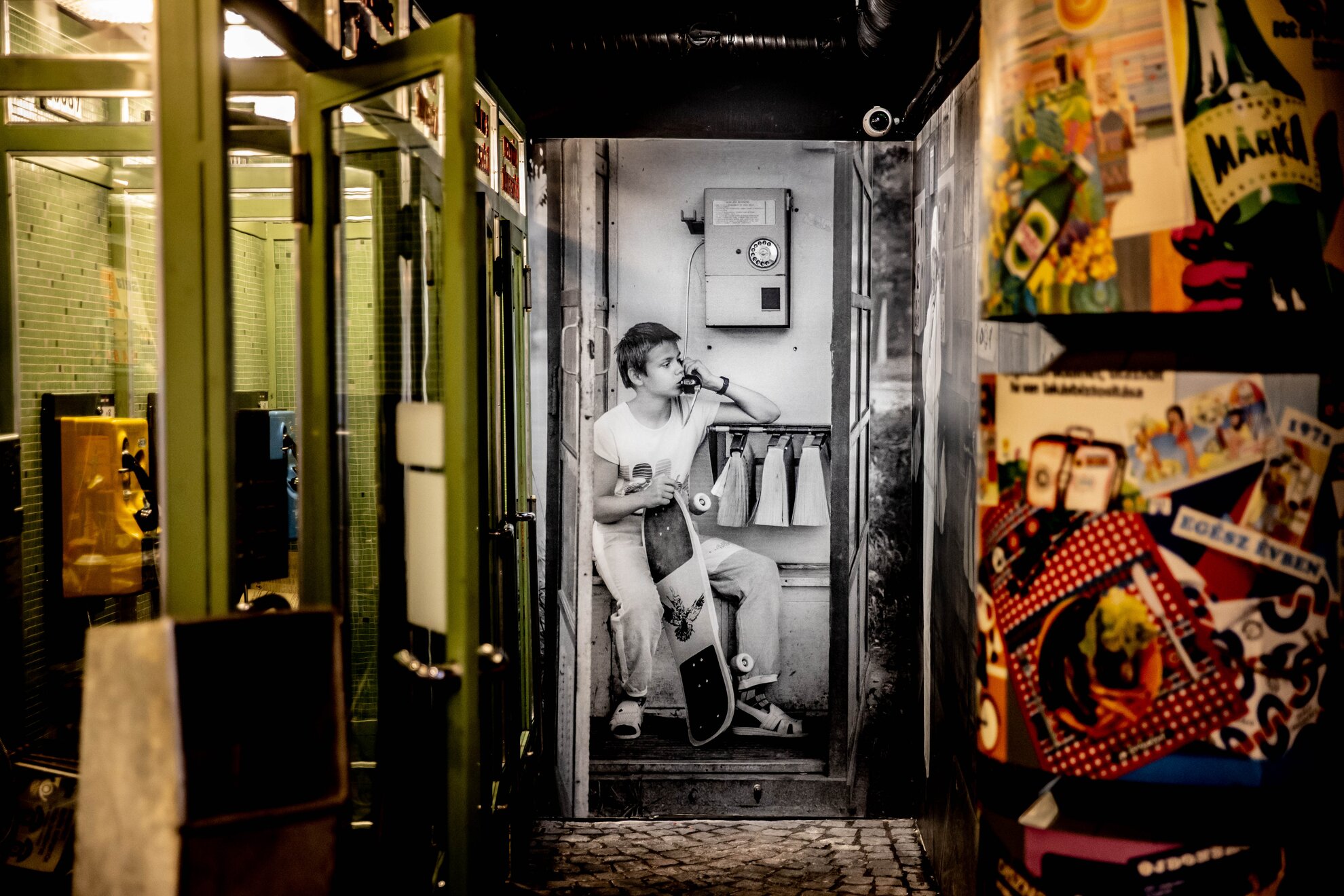
The lowest level, done out like a street of the time, offers further entertainment. You can enter an old-school phone booth and listen to the jokes of the day and recordings from popular satirical radio show Rádiókabaré. An original phone book gives all the Budapest numbers from 1988 – not that everybody had a phone, of course.
Visitors can spend hours in this retro world, learning about social history while pressing buttons and dialling old telephones. Documentation is also given in English, so you don’t have to speak Hungarian to understand how locals lived more than 30 years ago.
Venue information
Budapest Retro Interactive Museum
1051 Budapest, Október 6 utca 4
Opening hours: Daily 10am-8pm (bistro until 10pm)
